Automatic Character Recognition using CNN -Python
₹5,000.00 Exc Tax
Automatic Character Recognition using CNN -Python
Platform : Python
Delivery Duration : 3-4 working Days
100 in stock
Description
ABSTRACT
In our Project We are implement on DWT based image resolution on Character recognition with in this resolution method we are getting features on LL;LH;HL and HH Sub bands on only Horizontal and Vertical Information Analysis with help of this method we got result on 60 to 70% accuracy matched and for feature analysis for the validation occurs by the classification on Convolution neural network gives by the high accuracy and meander by the signified layers
INTRODUCTION
Character recognition is required once the knowledge ought to be decipherable each to humans and to a machine and different inputs can\’t be predefined. as compared with the opposite techniques for automatic identification, optical character recognition is exclusive therein it doesn\’t need management of the method that produces the knowledge. the form variation of written characters causes the misclassification, so multiresolution of handwrit- 10 characters is very important for the right recognition. exploitation multiresolution we will cut back the dimensions of characters while not losing the essential characteristics of characters, so a lot of accuracy and higher recognition rate may be achieved victimization multiresolution. The intensive applications of written Character Recognition (HCR) in recognizing the characters in bank checks and automobile plates etc. have caused the event of varied new HCR systems like optical character recognition (OCR) sys- tem. There square measure such a lot of techniques of pattern recognition like example matching, neural networks, syntactic analysis, riffle theory, hidden Andre Markoff models, Bayes- ian theory and minimum distance classifiers etc. during this paper, efforts are created to develop automatic written character recognition system for English language with high recognition accu- racy and minimum classification time. written character recognition may be a difficult downside in pattern recognition space. the issue is especially caused by the massive variations of individual expressive style. to urge high recognition accuracy and minimum classification time for HCR, we\’ve applied multiresolution technique victimisation DWT and EDM. A multiresolution analysis (MRA) or multiscale approximation (MSA) is that the style methodology of most of the much relevant Discrete wavelet transforms (DWT) or quick
The identity of every image is found by examination the extracted options with descriptions of the image categories obtained through a previous learning section.
A B C D E F G H I J K L M N O P Q R S T U V W X Y Z
a b c d e f g h i j k l m n o p q r s t u v w x y z
EXISTING SYSTEM
System signifies with Discrete Cosine transform for portioning and classifies by Support vector machine but that we wont get much accuracy change
PROPOSED SYSTEM
In Character Image analysis, the lower frequency elements reveal data concerning the overall properties (shape) of the character, that is clinically vital, and also the higher frequency decomposition provides data concerning the textural detail and internal patterns of the character image that is additionally vital within the edges. so the decomposition of all frequency channels area unit and follows by Discrete wavelet transform and classifies by convolution neural network and it extracts and signifies
BLOCK DIAGRAM
ADVANTAGES
- Low complexity
- High accuracy
- More impact
APPLICATION
- Security analysis and Networking
- Character recognisation
SOFTWARE REQUIRMENT
- PYTHON
- MATLAB 7.15 above versions
CONCLUSION
In Our Modification Result on DCT recognition accuracy is high for a specific level of multi resolution and applicable resolution of input character pictures on Compared with DWT. once average recognition accuracy is perfect (maxi- mum) for a specific level of multi resolution and applicable resolution of character pictures, Our methodology on DWT is ninety three Accuracy. In Our projected methodology can proven for each character will improved on options extraction and Accuracy improvement analysis.
REFERENCES
1. G. Y. Chen, T. D. Bui and A. Krzyzak, “Contour-Based Handwritten Numeral Recognition Using Multiwavelets and Neural Networks,” Pattern Recognition, Vol. 36, No. 7, 2003, pp. 1597-1604. doi:10.1016/S0031-3203(02)00252-2
2.J. Sung, S.-Y. Bang and S. J. Choi, “A Bayesian Network Classifier and Hierarchical Gabor Features for Handwrit- ten Numeral Recognition,” Pattern Recognition Letters, Vol. 27, No. 1, 2006, pp. 66-75. doi:10.1016/j.patrec.2005.07.003
3.C.-L. Liu and H. Sako, “Class-Specific Feature Polyno- mial Classifier for Pattern Classification and Its Applica- tion to Handwritten Numeral Recognition,” Pattern Rec-ognition, Vol. 39, No. 4, 2006, pp. 669-681. doi:10.1016/j.patcog.2005.04.021
4.A. Broumandnia and J. Shanbehzadeh, “Fast Zernike Wavelet Moments for Farsi Character Recognition,” Im-age and Vision Computing, Vol. 25, No. 5, 2007, pp. 717- 726. doi:10.1016/j.imavis.2006.05.014
5.Y. Mizukami, “A Handwritten Chinese Character Recog- nition System Using Hierarchical Displacement Extrac- tion Based on Directional Features,” Pattern Recognition Letters, Vol. 19, No. 7, 1998, pp. 595-604. doi:10.1016/S0167-8655(98)00034-8
6.A.-B. Wang and K.-C. Fan, “Optical Recognition of Handwritten Chineses Character by Hierarchical Radical Matching Method,” Pattern Recognition, Vol. 34, No. 1, 2001, pp. 15-35. doi:10.1016/S0031-3203(99)00207-1
7.H.-Y. Kim and J. H. Kim, “Hierarchical Random Graph Represetation of Handwritten and Its Application to Han- gul Recognition,” Pattern Recognition, Vol. 34, No. 2, 2001, pp. 108-201. doi:10.1016/S0031-3203(99)00222-8
8.A. Cheung, M. Bennamoun and N. W. Bergmann, “An Arabic OCR System Using Recognition-Based Segmen- tation,” Pattern Recognition, Vol. 34, No. 2, 2001, pp. 215- 233. doi:10.1016/S0031-3203(99)00227-7
9.E. J. CANDÈS and L. DEMANET, Curvelets and Fourier integral operators, C. R. Math. Acad. Sci. Paris 336 (2003),395–398.
10. E. J. CANDÈS and D. L. DONOHO, New tight frames of curvelets and optimal representations of objects with piecewise C2 singularities, Comm. Pure Appl. Math., to appear.
11.H. F. SMITH, Wave equations with low regularity coefficients, Doc. Math., Extra Volume ICM 1998, II (1998), 723–730.
12.Majumdar, A.: Bangla Basic Character Recognition using Digital Curvelet Transform. Journal of Pattern Recognition Research (accepted for publication)
13.Candès, E.J., Guo, F.: New Multiscale Transforms, Minimum Total Variation Synthesis: Applications to Edge-Preserving Image Reconstruction. Signal Processing 82, 1519–1543 (2002)
14.Candes, E., Demanet, L., Donoho, D., Ying, L.: Fast Discrete Curvelet Transforms,
15. Simoncelli, E.P., Freeman, W.T., Adelson, E.H., Heeger, D.J.: Shiftable multi-scale transforms. IEEE Trans. Information Theory, Special Issue on Wavelets 38(2), 587–607 (1992)
DEMO VIDEO




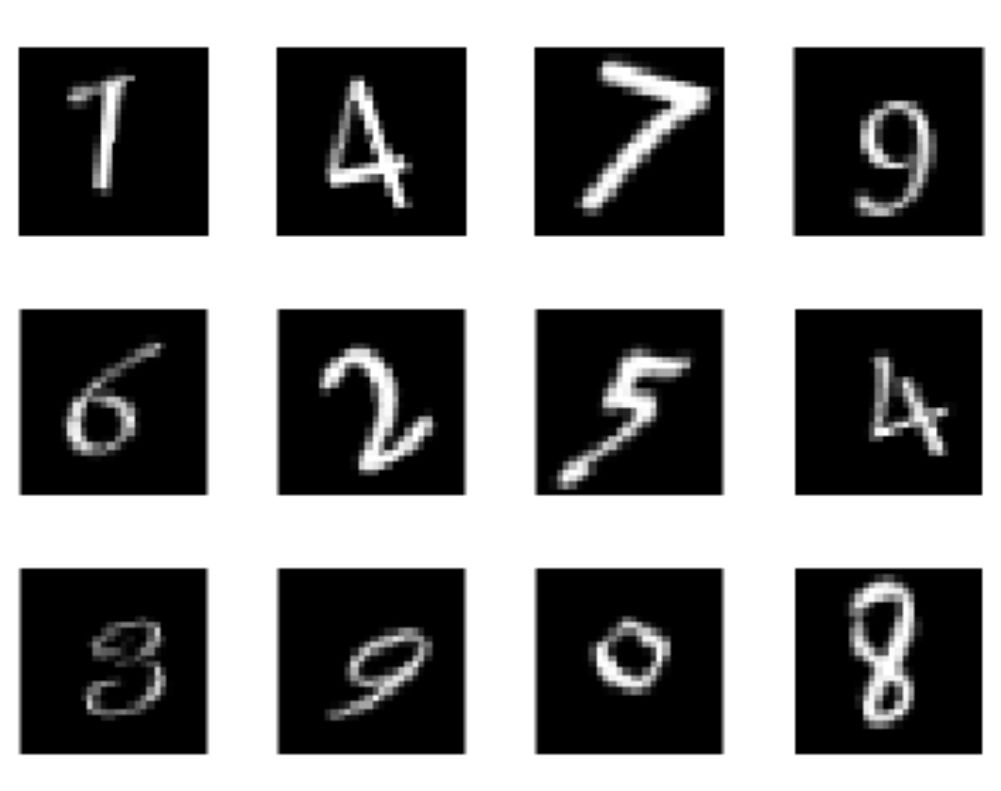
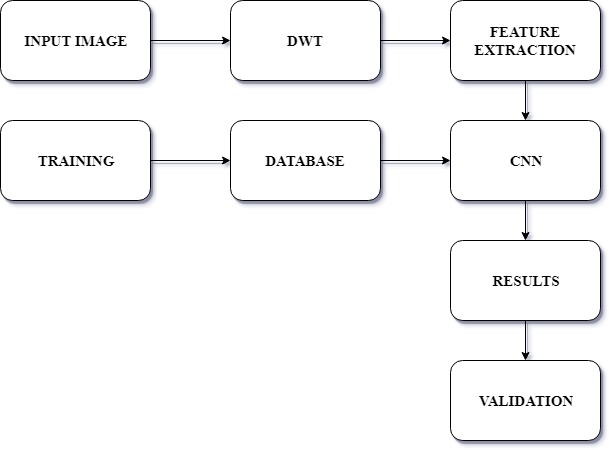
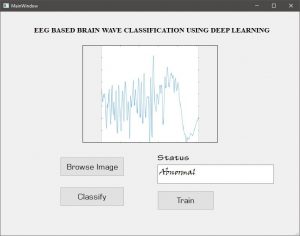
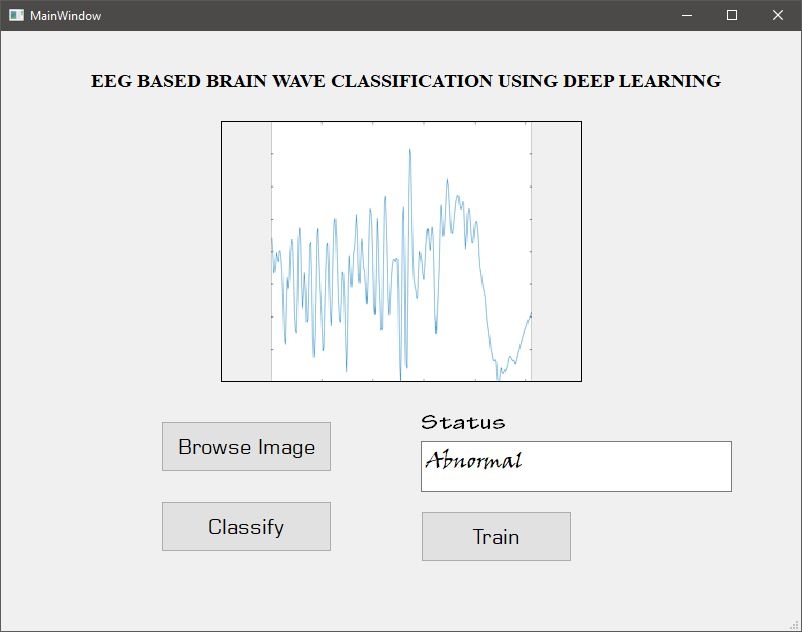
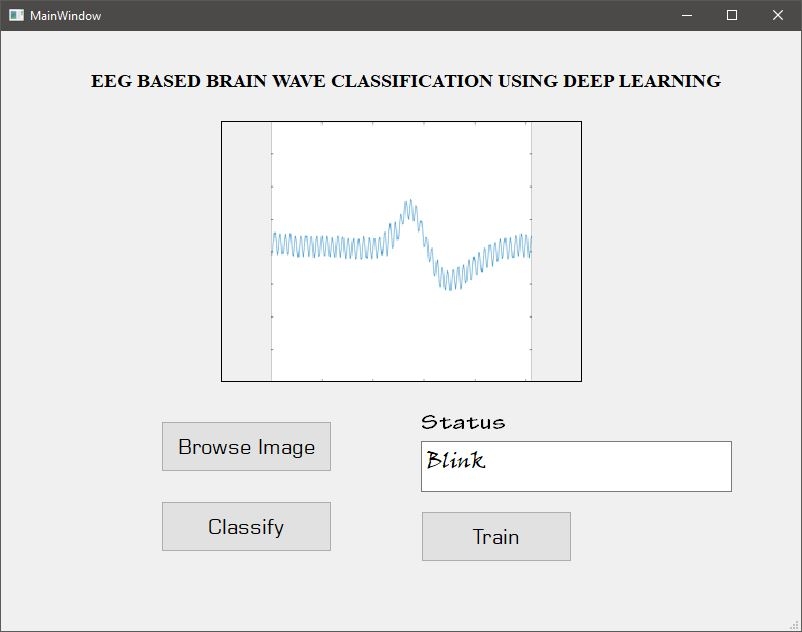
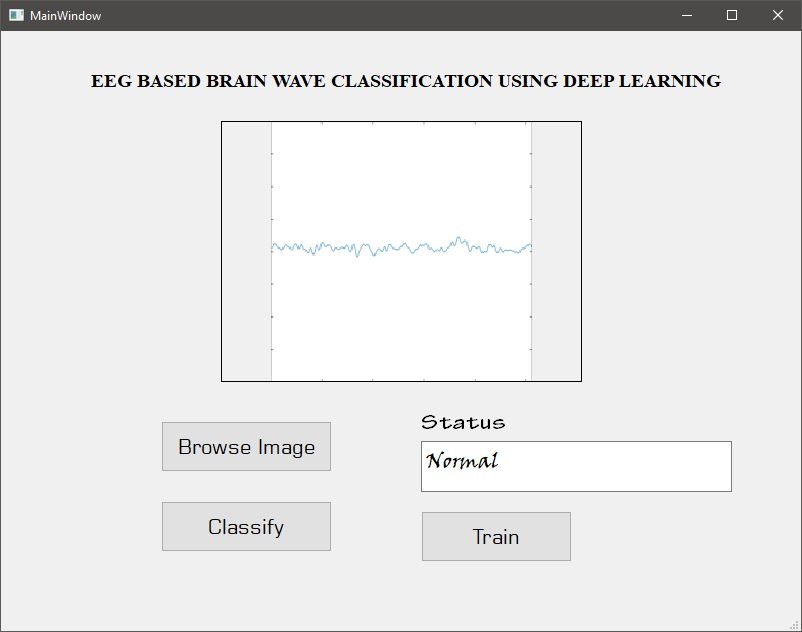

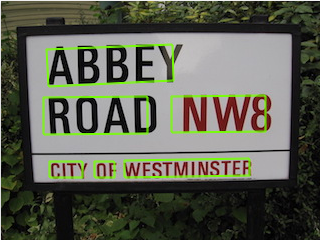
Reviews
There are no reviews yet.